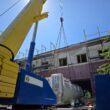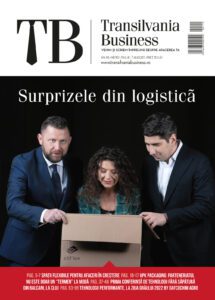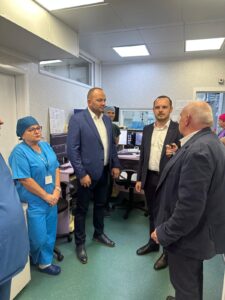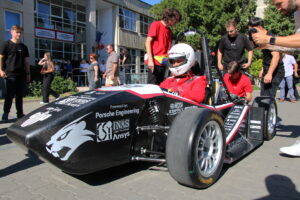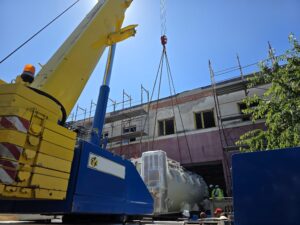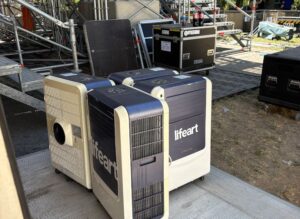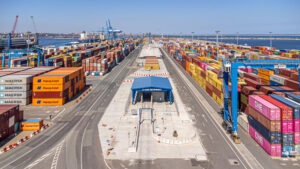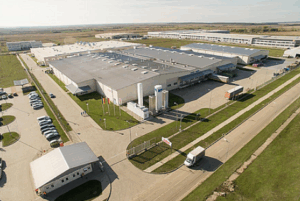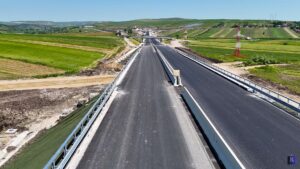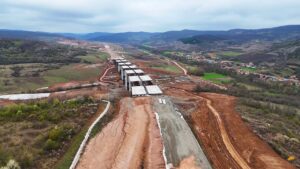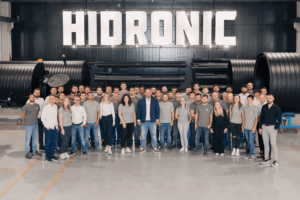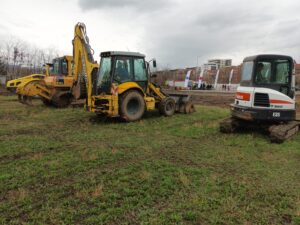The automotive industry has undergone substantial changes in recent years, determined to a large degree by several key mega trends and drivers of change. The trend towards E-Mobility becomes a clear path generating concerns of a negative impact in the automotive industry. Emilian Podaru, Head of Industrial & Logistics at CROSSPOINT, offers more insights in the transformations to follow.
On average, an electric powered vehicle has 50% less parts than an internal combustion engine. Also, less maintenance is required. For the automotive industry this means less demand for parts and a change in the manufacturing structure. Suppliers are more impacted than the car producers. But there are also opportunities. New technologies, new customer preferences and new market entrants have the potential to reduce the current importance of economies of scale and create opportunities for smaller companies to operate profitably in the future.
The automotive industry is a major industrial and economic force in Romania. We are a major auto parts manufacturer in the EU with 15.8% of the workforce employed in the automotive industry. There are various factors that will affect the trend such as financing, production, logistics and infrastructure. In the financial area, government subsidies are the main stimulus. The local subsidies in Romania are in the form of purchase grant and ownership tax.
In terms of production, currently, 80% of the batteries are made in China but on European level there is a rush towards building new battery production facilities which will change the segment landscape. Going further on the production line, there is a growing demand for new resources such as lithium, nickel, cobalt and manganese. At this moment we do not have significant projects in Romania for new battery factories but there is a strong interest from Tier 1 suppliers. For example, the Canadian company Rock Tech announced the plans for a significant investment of 400 mil euro in a lithium powder refinery.
Another driver that will shape the automotive environment is the infrastructure. Romania already has a significant gap to fill in the general infrastructure area. However, this might prove a good opportunity to move straight to the top. We can see that current public projects are addressing e-mobility infrastructure with incentives, charging stations developments and recycling concepts.
Further positive impacts will be seen in the logistic area that will move toward electrified rail infrastructure. The EU offers significant incentives for rail logistics. From that point of view, Romania has a well-developed rail network but it needs significant modernization. The public projects such as the Pan-European IV rail corridor, which connects western border with the central part of the country, moves at a low pace but on the private side we see new intermodal projects already functional. The Alianso Ploiesti, Affluent Terminal Arad and the DP World Decea project being the best examples.
As per employment, the local market in the automotive business is focused on manufacturing, with a high number of people and low qualifications. This area will experience a significant change. That translates into advanced manufacturing, digitalization and new products and materials and a need for different skills and jobs. This is another area where private companies have already taken measures. Bosch and Continental are the main local examples with direct long-term investment in education. On the other hand, a new approach on education is needed for public vocational schools, state funded training and incentives on education.
E-mobility disruption will have a constant impact in the automotive world in the years to come but Romania is in a good position with skilled labor, affordable education and strong overall potential. A similar situation as in the communication industry several years ago when the local market benefited from the new fiber technology that propelled Romania from almost no network to the top internet speed and network coverage countries.
An article published in TB 110 magazine – “Surprises in logistics”, available –here.



